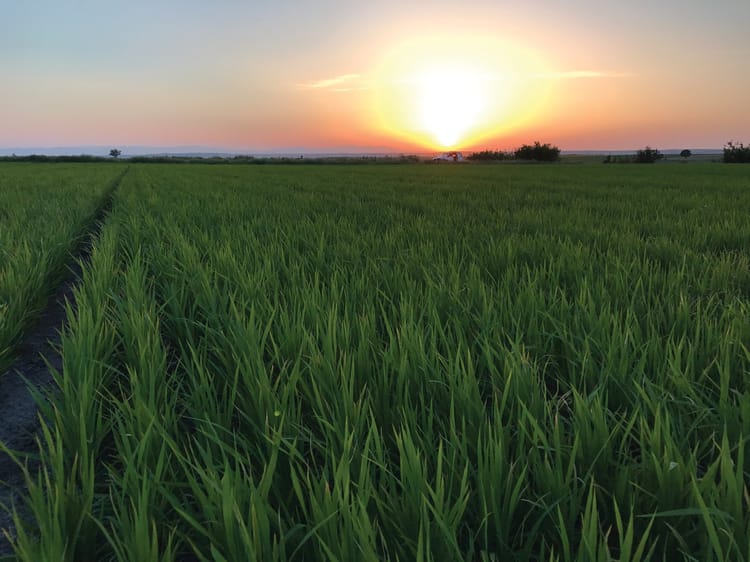Growers stories
Meet the people pioneering precision irrigation
The 5,000 year old assumption that rice grows best anaerobically is now being challenged. Rice grown with drip irrigation not only outproduces conventional paddy rice, but also uses 70% less water, diminishes methane emissions to almost zero, and reduces arsenic uptake by up to 90%.


It’s time to grow profitable, safe, healthy and environmentally friendly rice.
co-convened by UN Environment and the International Rice Research Institute (IRRI). The Sustainable Rice Platform is a multi-stakeholder alliance comprising over 100 institutional members. SRP promotes resource-use efficiency and climate change resilience in rice systems – both on-farm and throughout value chains by developing sustainable production standards, indicators, incentive mechanisms and outreach mechanisms to boost wide-scale adoption of sustainable best practices in rice production. By promoting a shift to drip-irrigated rice, Netafim supports rice sector transformation towards a sustainable future.

Meet the people pioneering precision irrigation
All fields marked with * are mandatory